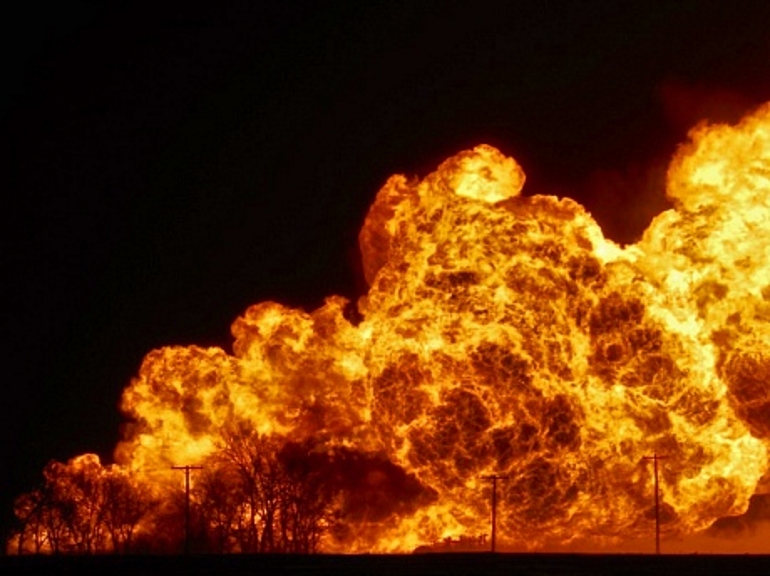Five years ago today, a massive explosion in Otterburne shook Southeastern Manitoba and caused a widespread loss of natural gas service. Since this event, Centra Gas has made some significant changes
In light of this five year anniversary, Bruce Owen, the spokesperson of Centra Gas and Manitoba Hydro, explains what they learned. “What the explosion showed to us is that we need our own emergency response when these events happen in order to supply natural gas to customers in the affected regions.”
This sudden combustion was caused by a combination of factors including a 50-year-old crack in the pipeline, heavy frost, the movement of heavy equipment nearby, and the fact that the pipe was not pressurized at the time. Nobody was injured, but the event caused some major disruptions.
Immediately after the explosion, Centra Gas was forced to draw on emergency natural gas reserves from Saskatchewan. “Obviously there is a distance to that,” comments Owen, “and, at the time, there was a snow storm.” These factors caused inevitable delays that customers, in the cold of winter, could not really afford.

“When Otterburne happened, people were without natural gas for their heat so we saw a number of customers buying portable heaters for their homes.”
According to Owen, this sudden surge of electrical heater use put additional strain on their electrical supply.
Since this incident, Centra Gas has built their own compressed natural gas station that they can mitigate both gas and electrical outages in the event of a similar crisis.
“We don’t want to see anything like this again, but if it does, we have two tankers that can be brought in, on a rotating basis, and supply emergency gas to an affected region.”
This new facility was strategically built near the Brady Landfill in Winnipeg along the Perimeter Highway. From this location, Owen says the entire Southeast is quickly accessible.


















